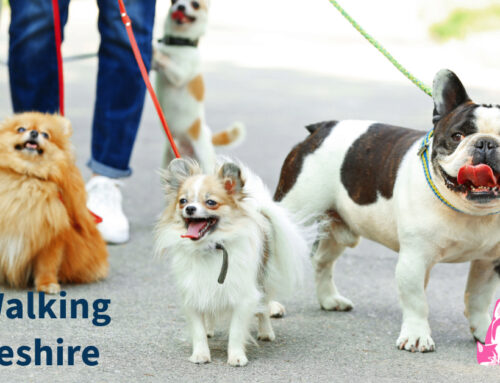Fetch Part 2
We now need to lengthen the amount of time the dog will continue to hold his toy in his mouth.
We do this slowly, one second at a time. While praising and making much of your dog, take a step backward and invite him to come with you. Praise him lavishly when he does while still holding his toy. Continue to do this, moving further and further away until he can move at least 5 feet with his toy in his mouth. This also helps with the next step, bringing it back to me.
For the final piece of this complex puzzle, check out our blog post on teaching “Drop” for an idea on how to get started. Once your dog has an idea of what “Drop” means, you can trade out treats for a second toy. As soon as your dog drops the item in his mouth, produce and throw the second item.
Putting this all together. Start with shorter distances so your dog has a higher chance of success. Don’t play so long that your dog gets bored. At first start with 2 to 4 fetches and slowly build up how long your dog is willing to play. Keeping the game special by ending it before your dog wants to will make it more valuable to your dog and encourage his interest.
Some common problems people face with fetch are over excitability, which can be solved with the first suggestion, and playing keep away. The best way to deal with a dog who wants to play keep away is to refuse to play the game. If the dog won’t bring the toy back or drop it, end the game, turn your back, go inside. The dog only gets to play if he plays by the rules. Using two toys will often help a dog learn that he has to give up the toy in his mouth to get you to throw the other toy.
Coming soon, a blog post on teaching your dog a more formal retrieve, including returning the item to your hand.
Laura Azevedo CPDT-KA
Sarah’s Pet Sitting











